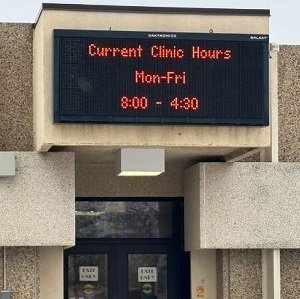Access to health care is severely limited in rural and reservation areas of South Dakota, exposing the fragility of the medical system in these regions. Recent disruptions in Sisseton, including the cessation of baby deliveries at the local public hospital and temporary unavailability of mammogram services at the Indian Health Service facility, highlight the precarious state of health care access.
Sara DeCoteau, tribal health coordinator for the Sisseton-Wahpeton Oyate tribe, described the situation as a “maternity care desert.” The challenges extend beyond Sisseton, with similar issues reported in other rural areas like Bison.
Significant health disparities persist between Native American and non-Native populations. According to Indian Health Service data, residents of the Pine Ridge Indian Reservation face substantially higher mortality rates from various conditions compared to non-Native state residents.
The South Dakota Department of Health has launched a mobile health program called Wellness on Wheels to address these disparities. DOH Secretary Melissa Magstadt stated the initiative aims to provide services to communities “facing socioeconomic barriers and social determinants of health.”
Challenges in rural and reservation health care include staffing shortages, low reimbursement rates, and cultural barriers. The Indian Health Service acknowledged issues such as transportation difficulties and lack of access to specialist care.
Despite efforts to improve access, including expanded use of telehealth, many rural and reservation residents continue to face significant obstacles in obtaining adequate health care, leading to preventable negative health outcomes.
See “Access to health care limited in SD rural and reservation areas” (June 17, 2024)


